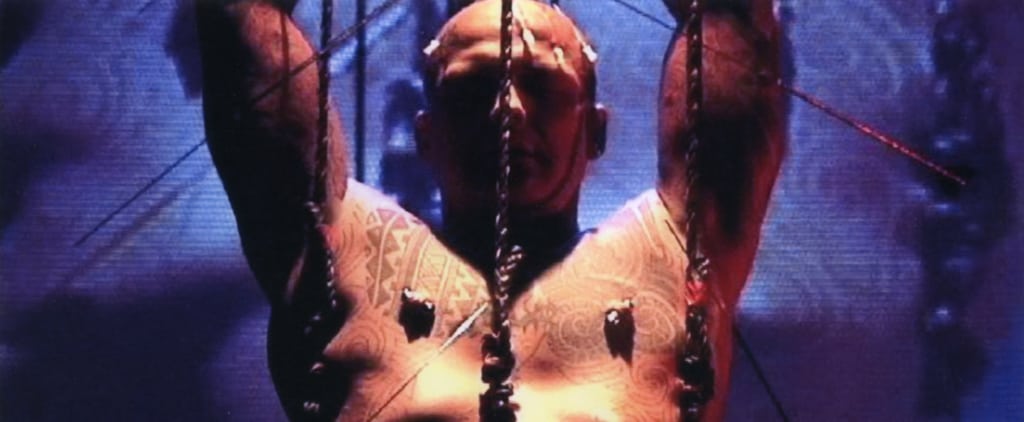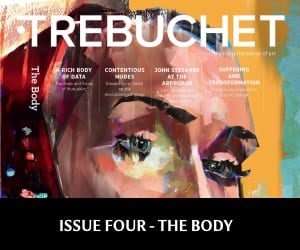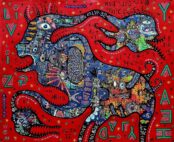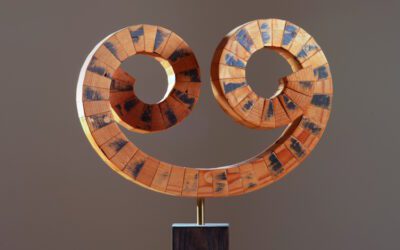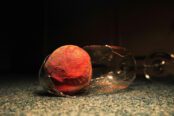“Ron Athey: The masochist who puts writers under his spell.” The Independent, 2012
Performance artist Ron Athey has a fearsome reputation for confrontational body art. Since the 1980s his performances have referenced S&M, religious imagery, body modification, blood, alienation, mental illness, heightened states of awareness and transcendence. Not that the visceral nature of his performances haven’t received their share of controversy.
A target in the NEA ‘culture war’, a movement by Conservative US politicians to bar artwork by visibly gay or feminist artists, Athey has remained unsilenced and continues to host exhibitions to a broad global audience. Evidence of his influence can be found in the retrospective publication Pleading in the Blood: The Art and Performances of Ron Athey (2013), in which artists including Lydia Lunch, Guillermo Gómez-Peña, Antony Hegarty (Anohni), Robert Wilson and Bruce LaBruce describe the importance of his work. Cultural engineer Genesis Breyer P-Orridge (Throbbing Gristle and Psychic TV) describes his performances thus:
“In his bloody self-obliterations, Ron Athey reveals the profound enigma of the body as primary location of SELF. His flesh is a source of LIFE and a source of DEATH… Yet his performances are also implicit celebrations.”
How do you define the body?
Aside from two modes of body art, I’ve studied structural bodywork (post-Rolfing/Wilhelm Reich techniques); I feel different circulatory systems (blood/lymph/xi), the malleable connective tissues which include collagen and cartilage. And, referencing Anatomy Trains, there’s front, back, side, diagonal and spiral lines that make up the anatomical meridians.
Philosophically, there’s depth, and on the surface or the screen, width. There’s a hierarchy of intensity, head-heart chakra-genitalia. The receiving body (orifices), the penetrators (digits/fists/glans/tongue), and the sacred invisible: the neuro-psycho-psyche systems. It’s a nervous golem.
“Written on the body is a secret code only visible in certain lights: the accumulations of a lifetime gather there.
In places the palimpsest is so heavily worked that the letters feel like Braille.
I like to keep my body rolled up away from prying eyes. Never unfold too much, tell the whole story.” Jeanette Winterson, Written On The Body, 1993
In what way do you feel you’ve pushed your conception and application of the body?
From Fakir Musafar: “It’s your body, play with it.”…
Read this article in full in Trebuchet 4 – The Body

The aim of art is to represent not the outward appearance of things, but their inward significance. – Aristotle

